The Antarctican Navy came into being with the formation of the
Senate and that governments interest in the extent of Antarctica
and to map the lands and seas surrounding the country. The first
ships were oared galleys, which later had sails and masts
attached to make better speed. These ships were not of strong
construction and were deemed coastal waters vessels. Some tried
open ocean sailing, those that returned had not gone far, those
that did not return were said to have joined Davy Jones' locker.

The galleys were followed by heavier built Quadrienne's but
while these ships could carry better armament they were still
coastal water vessels.

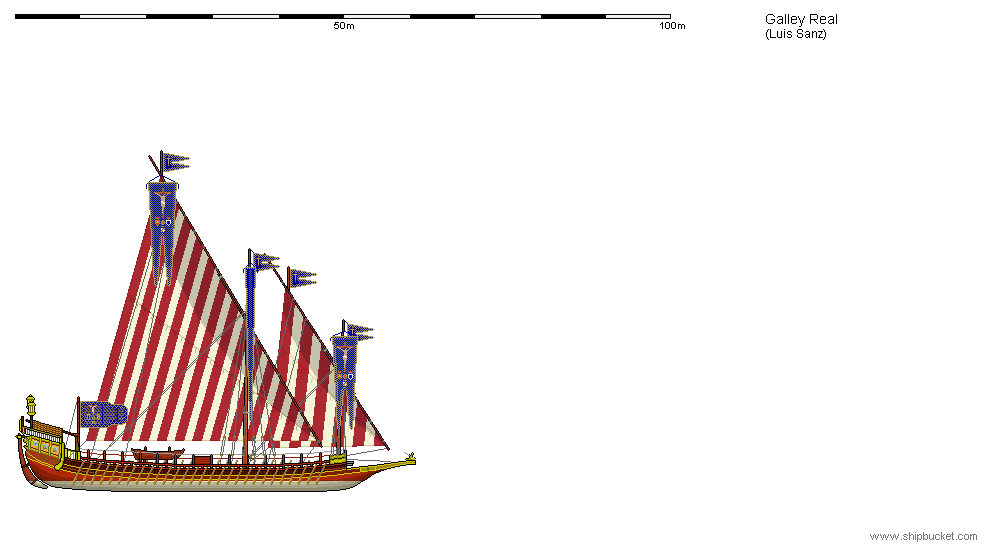
It was not bigger ships that were needed but ships that could
survive in open water. The handy Xebec's were the start of the
exploration phase.
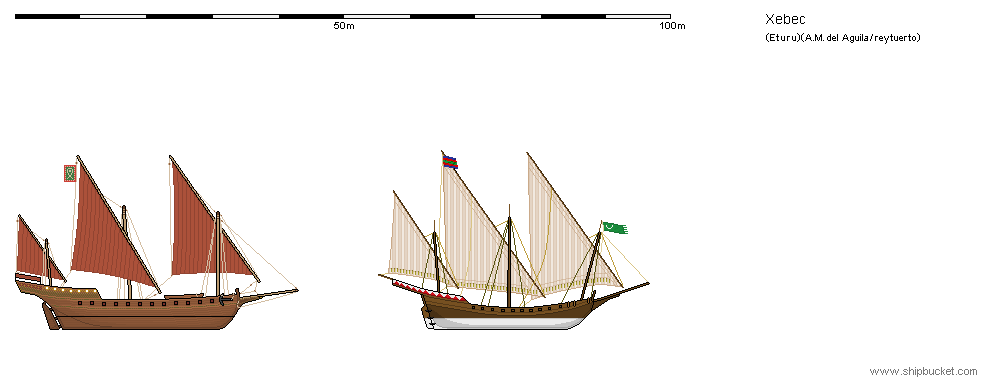
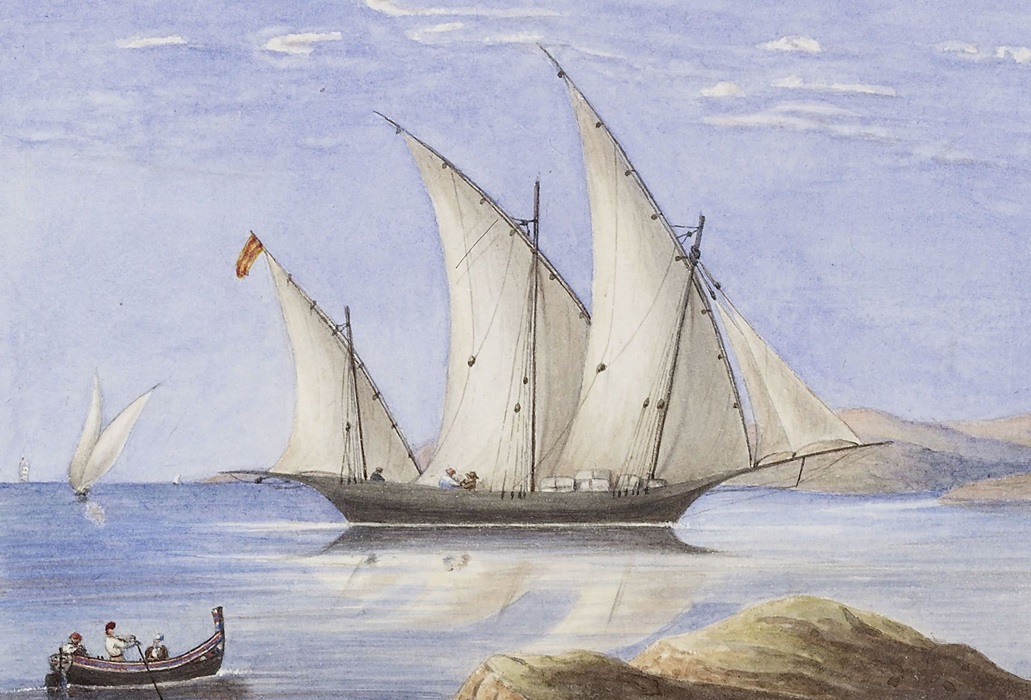
The Xebecs may have taken the first steps of exploration, but it
was the bigger Galleons and Barques that took Antarctica out
into the world in ships built to survive.
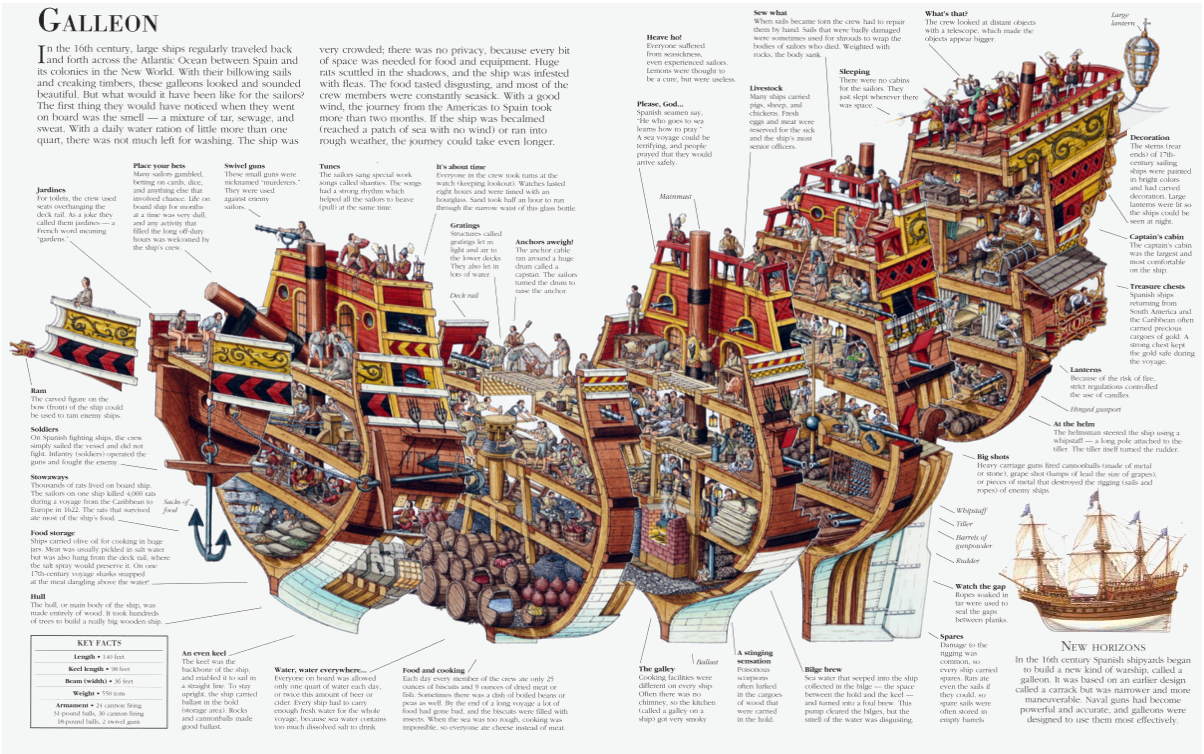
The galleon led onto the age of the big sail warship with one,
then two, and finally three deck warships mounting over 120
guns. Huge ships for their times.
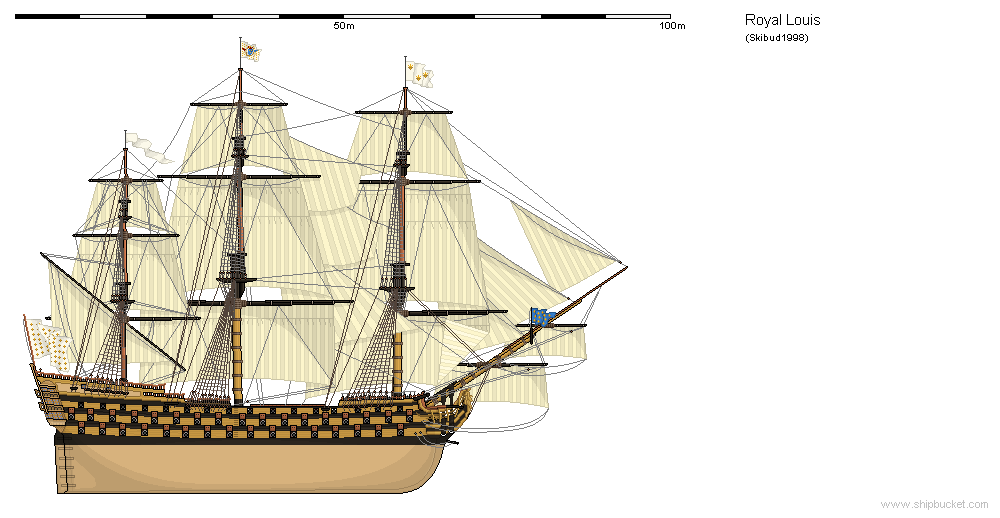

The golden age of sail was replaced with the iron age of sail
and steam.
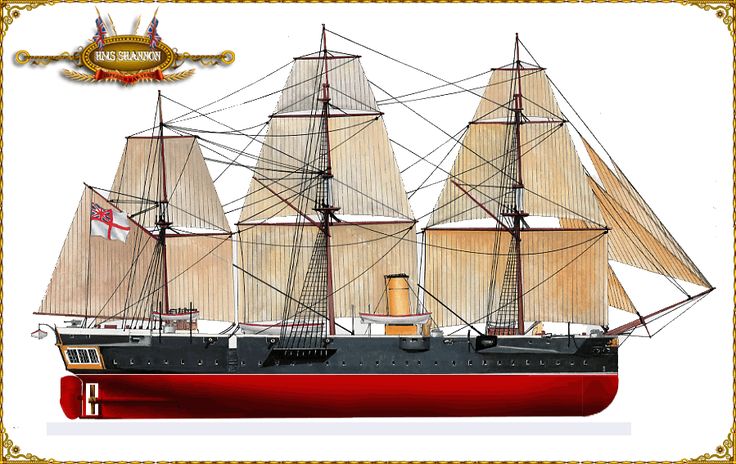
The steam ships became more heavily armed with rotating guns.


Eventually the first true steel warships came into being with
rotating turrets and guns, armoured to withstand hits from guns
the same size as those it carried - the first battleships.

350 is the Victoria of 1885-90
351 a cruiser of 1895-1900
352 Dreadnought of 1906
353 Hood of 1920
354 Vanguard of 1946
My time of interest for the building of the ships of Antarctica
is from 1900 to 1950. The age of the big gun. Other vessels
shown are for comparison purposes.